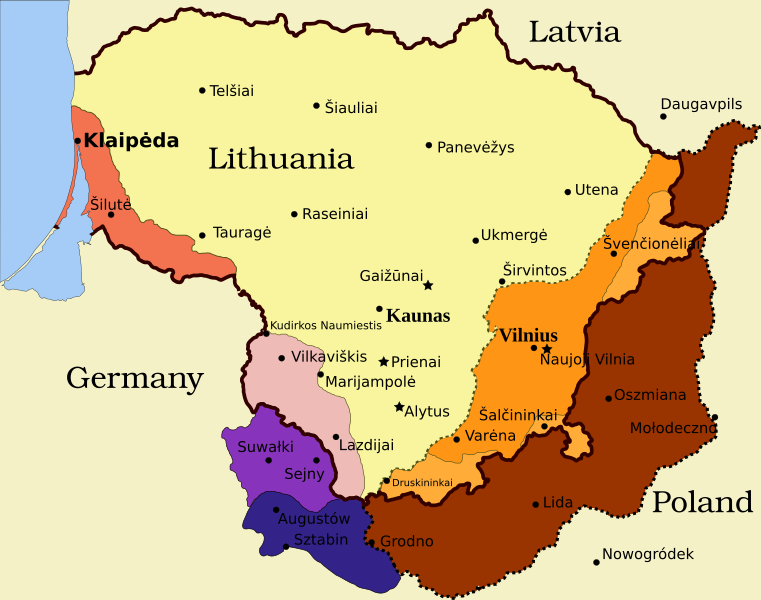In 1905, David was still living at home with his entire family in a large tenement in Jewish Harlem, New York City. According to the NY Census, his occupation was "driver." Interestingly, crowded in along with David's parents and six siblings were two "boarders," Isidore Burk and Myer Burk. (They were actually Isaac Burk--hi Grandpa!--and Meyer Berg. Isaac married David's sister Henrietta in 1906.)
David Mahler in Toronto?
David and his sister Henrietta were born in Riga, Latvia, according to their father's naturalization papers. (My guess is they were actually from a nearby small town that U.S. officials wouldn't recognize or be able to spell--Riga is both recognized and easy to spell!)
Searching for more immigration records of the Mahler family, I did a fresh search on David. Up popped the index card at top, a summary of a border crossing at Detroit from a Canadian Pacific Railway manifest dated Christmas Day of 1906.
There are a lot of similarities with MY David Mahler. Born in Riga, yes. Spent time in U.S., yes. Age is correct for my great uncle. But could this really be David, formerly of New York City, now leaving Toronto by train for Chicago to be a waiter?
Page 2 of WWII Draft Registration Card
For a physical description of David Mahler, I looked at his WWI and WWII draft registration cards.
Sometimes page 2 of draft registration cards doesn't always show up in the initial image. Be sure to advance one page in the image files to look at the entire card!
Here's page 2 of David's WWII draft card. His height is the same as on the border crossing card shown at top. His hair is black, same as in the border crossing card. Eyes are brown, same. I was surprised to see both describe his complexion as "ruddy" but the match goes a long way toward persuading me that my great uncle David was crossing from Toronto to Chicago via Detroit. (The tattoo must have been done after his WWI registration, since it's not listed on that card.)
Missing Years in David Mahler's Life
In the bigger picture, I'm still looking for what happened to David Mahler between 1907, when he was bound for Chicago, and 1918. That's the year he registered for the WWI draft with an address in Camden, N.J., where he was working as a rigger.
The Chicago city directory for 1914 lists a David Mahler working as a salesman and living at 6135 S. May. Using Google maps, I see that's a home, not an apartment building, way down on the South Side of Chicago. This might not be MY David Mahler.
Also, I haven't yet found him in the 1910 US Census. That's the year his father died. Did he return home for the funeral? Nor have I found him in the 1920 Census. Creative spelling hasn't helped.
According to the 1940 US Census, David was living in High Point, N.C. in 1935. So far, no city directory confirms this.
In 1940, he's living in Los Angeles and working for an in-law at a big movie studio. I've confirmed that employment and that address as being accurate--plus David registered to vote in 1940 at same address and remained there for years.
Wondering About Wandering
SO . . . my research indicates that David Mahler went from his birthplace in Latvia to New York City to Toronto (no border crossing doc yet) to Chicago (border crossing doc at top) to Camden, N.J. (WWI draft card) to High Point (so says 1940 Census) to Los Angeles (lots of solid documentation), where he died in May of 1964. What a wanderer! Wonder why?
David was a bachelor, and by researching and documenting his life, I'm keeping his memory alive for future generations who never met him.



























